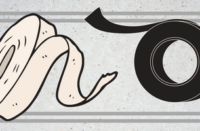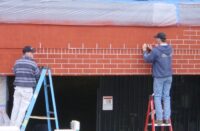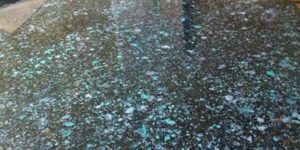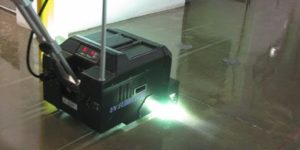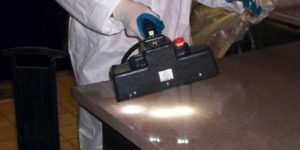 First and foremost, using ultraviolet curing equipment requires diligent safety practices. John Wilson, president of SPDI UV and CureUV.com, compares it to “a welder’s flash on steroids.” Sunglasses and long-sleeved shirts are not enough. UV emitted by curing equipment can be many times brighter than the sun, according to Richard Mandich, UV products account manger for Jelight Co. Inc.
First and foremost, using ultraviolet curing equipment requires diligent safety practices. John Wilson, president of SPDI UV and CureUV.com, compares it to “a welder’s flash on steroids.” Sunglasses and long-sleeved shirts are not enough. UV emitted by curing equipment can be many times brighter than the sun, according to Richard Mandich, UV products account manger for Jelight Co. Inc.
Leading suppliers of UV curing equipment include protective gear and instructions with every sale or rental, including a face cover with eye protection similar to one used for arc welding, plus Tyvek overalls and leather or Kevlar gloves. The Jelight package also includes a stand-up warning sign to keep curious onlookers away while the equipment is operating.
 Look for safety features incorporated into the curing equipment. For example, Adastra Technologies Inc. sells a floor system with safety shields between the operator and machine and a skirt around the bottom.
Look for safety features incorporated into the curing equipment. For example, Adastra Technologies Inc. sells a floor system with safety shields between the operator and machine and a skirt around the bottom.
Proper technique is as important as proper safety clothing. Holding the lamp too far from the surface increases risk of overexposure. An improper angle can bounce light back at the user.
For the safest and most consistent UV cure, Wilson suggests contractors work with the hand-held light the way they would a spray-paint gun. Hold it at the right distance and angle to focus the beam of light, change direction to cross the previous path and be patient. “Sloppy wrist movement gets sloppy results,” he says.
The best safety measure is to get the proper training, which happens to be a requirement to even buy the coating and cure equipment. For example, Harry Crum, coatings business development coordinator for Kemiko Decorative and Industrial Coatings, says they train contractors buying RapidShield UV-cured coatings by walking them through a mock installation, from preparing the surface to curing the coating. After the training, they even go with the contractor on the first job to make sure the new user is competent and confident.
